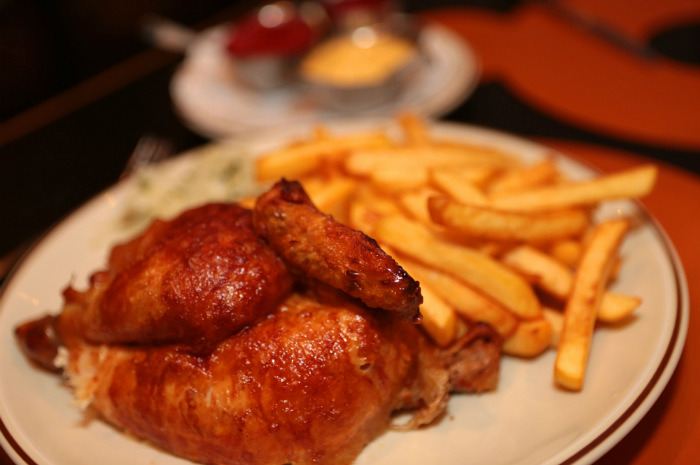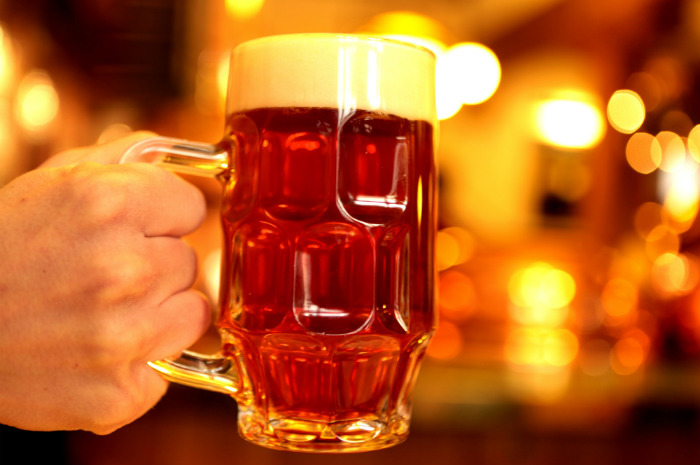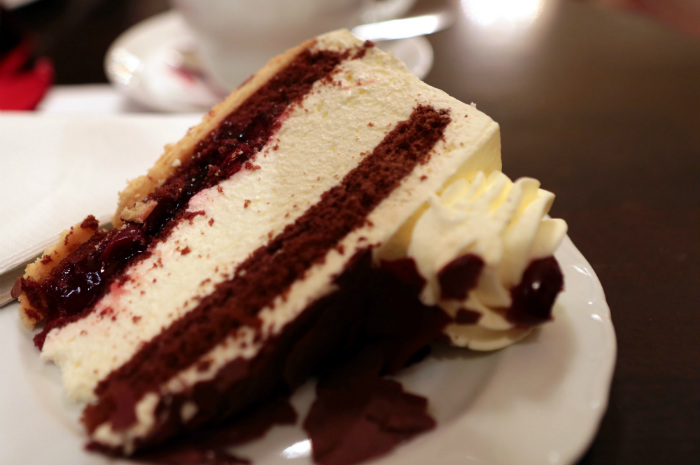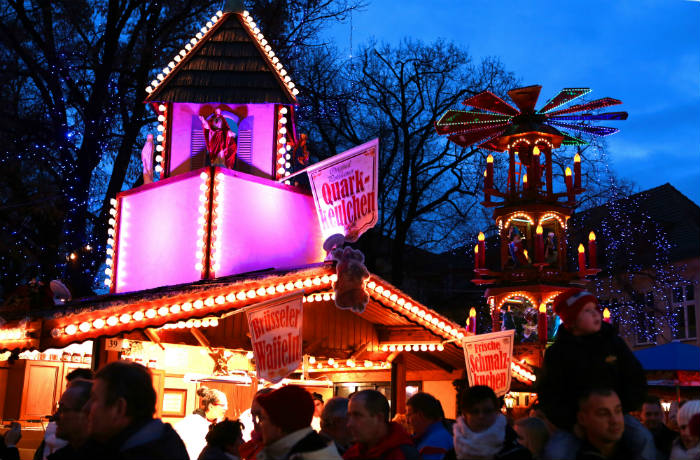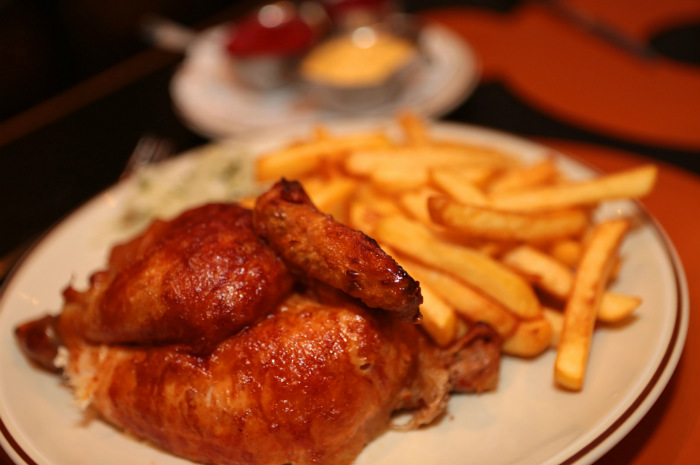Historical And Delicious Routes Through Eastern Germany
Like Dorothy in The Wizard of Oz, emerging from a world of black and white, Eastern Germany, has been transformed into a Technicolor version of its former self. While relatively unknown to those outside of the country, the cities of Erfurt, Potsdam, and Rostock have been transformed into vibrant tourist hot spots that rival many of its big city cousins.
Erfurt
First stop is Erfurt, a 2.5 hour ride from the Frankfurt Airport aboard the high-speed ICE train. Located in the state of Thuringia, Erfurt's roots go back more than 1,270 years. Its centralized location along major trade roots made it an important trading hub during the middle ages.
This is a walking city with winding cobblestone streets, beautiful restored architecture, coffee houses, bakeries, and even a large, multi-story shopping mall. You can have your choice of food options including Italian, Chinese, and Mediterranean. But, also try the local food. The Zum Goldenen Schwan, for instance, was built in the 12th century and is one of the oldest places in Erfurt. Today, they are microbrewery serving hand-made beers and serves traditional fare.
December is actually an ideal month for a visit because Germany's Christmas markets are in full swing. Booths festooned with colorful lights are seemingly around every corner. The largest of these is located below the massive St. Mary's Cathedral that towers over the city. More than 200 vendors sell everything from handicrafts to grilled bratwurst to candy coated nuts.
Potsdam
I hoped back on the train and after making a couple of connections, arrived in Potsdam, the small, elegant little sister of Berlin. This is a refined city with 22 palaces and villas built in a variety of styles including Italian, French, Dutch and Russian. It seems that back in the 18th Century Frederick the Great had a penchant for the finer things in life. He sent out his architects all over Europe and the result was some grand buildings that you will find here in Potsdam.
Similar to Erfurt, the city didn't escape its previous domination by the Soviet Union. In fact, at one time there were 60,000 soldiers living here in barracks. One area was controlled exclusively by the KGB during the cold war where they occupied 110 homes, making more of a military garrison than residential city.
There are three distinct quarters (Dutch, French and Russian) where you can find traditional architecture as well as a variety of retails shops and restaurants. During December the order of the month is fun and there are no less than five Christmas markets in town with the largest one running an entire kilometer. This retail area is crammed with thousands of happy locals and tourists sharing some hot Gluhwein and eating just about every type of fast food you can imagine. They even had a few people serving up Chinese noodles, of all things. Coffee houses and restaurants are also in abundance. Many serve coffee and indulgent pastries and cakes layered with whipped cream.
Rostock/Warnemunde
Once you get used to it, the German Rail System (DB Bahn) is fairly easy to use. There are only a couple of connections to get to my next destination of Rostock and its close seaside neighbor of Warnemunde.
In 2018, Rostock will be celebrating 800 years of history dating back to the time when its fortunes were built on, strangely enough, salted fish and ale. Merchants would load barrels full of both to be shipped out to other cities, making Rostock both powerful and profitable. This included a fleet of 370 ships sailing under the town's Hanseatic flag.
In more recent times, Rostock, like other cities in East Germany was under the dark cloud of the former Soviet Union and the GDR. The Penta Hotel was previously a prison and the older part of the property was the former headquarters of the Soviets and then by the German State Security Services.
But, that was then. Today Rostock has been restored to its former glory with a vibrant university culture, busy shopping scene as well as restaurants and of course, in December, Christmas markets. In fact, this city on the Baltic Sea has the largest Christmas market in Northern Germany. Booths cover several streets and this year they featured the largest Christmas pyramid in the world, complete with a restaurant on the lower floor.
A visit to Rostock would not be complete without a side trip to the nearby town of Warnemunde. Once a sleepy and windy fishing village, today it is a picturesque town of pubs, gabled houses, cafés, and shops.
Colorfully painted fishing boats line the old stream, as it is called with some offering customers the catch of the day, which was salmon. Along the waterway we found coffee houses, restaurants, bakeries, and retail shops. Germany's residents are generally very friendly with each shopkeeper offering a smile along with a warm guten tag!
Here on the coast of the country you can take a 3 hour ride across the Baltic Sea and be in Denmark. Surprisingly there are miles of sandy beaches here that attract thousands during the summer. During December skies can be grey but many come here for the atmosphere, food, and ambiance.
The Hotel Neptun, is the tallest structure in town and all of their rooms come with grand views of the beach and sea. Many notable figures in history have stayed here including Fidel Castro of all people. One of their restaurants, BROILER Grill House, has been relatively unchanged since the time of the GDR. Their specialty is, uncharacteristically, fried chicken with fries and coleslaw.
The next time you are planning a European trip, consider taking a historical step back in time through these East Germany towns. The once colorless buildings and culture have sprung to life with the vibrant hues of freedom and are once again being discovered by tourists. You can find out more by visiting the Historic Highlights of Germany listed in the resource section below.
